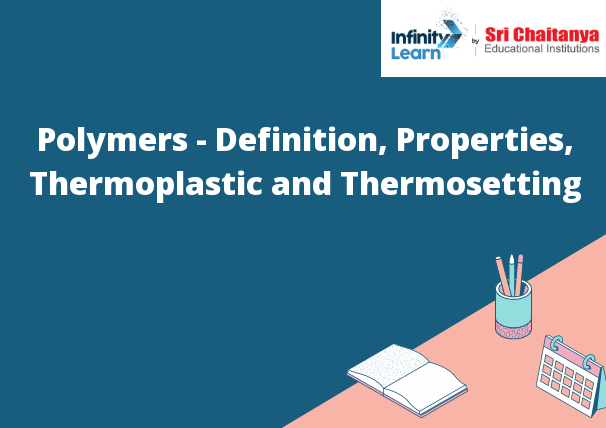Table of Contents
What is the Polymer?
Polymers are large molecules composed of repeating structural units. These units are called monomers. Polymers are created when monomers are linked together. The linking process is called polymerization.

Thermoplastic and Thermosetting
Thermoplastics are polymers that can be heated and then reshaped by pressing or pulling the material. They will return to their original shape when cooled. Thermosetting plastics are polymers that are first heated and then molded into a desired shape. Once cooled, they will not return to their original shape if heated again.
Physical States and Molecular Morphologies
- A molecule has a certain physical state depending on the temperature and pressure of the environment in which it is found. The three most common physical states of molecules are solid, liquid, and gas.
- A solid molecule is held together by strong intermolecular forces. The molecules are packed closely together, and there is very little space between them. Solid molecules usually have a regular, ordered structure.
- A liquid molecule is held together by weaker intermolecular forces. The molecules are not as tightly packed as in a solid, and there is more space between them. Liquid molecules usually have a random, disordered structure.
- A gas molecule is held together by the weakest intermolecular forces. The molecules are not packed together at all, and there is a lot of space between them. Gas molecules usually have a random, disordered structure.
Properties of a metal
- Metals are usually shiny, they are good conductors of electricity and they are strong.
- A metal is a material that is typically hard, shiny, and conducts electricity and heat well. Metals are found in the Earth’s crust and are essential to modern life. Metals are used in everything from cars to cell phones.
- Some metals, like gold, are valuable because they are rare. Others, like aluminum, are valuable because they are strong and lightweight. Metals are also good conductors of electricity and heat, which makes them useful in electrical wiring and cooking.
- Most metals are solid at room temperature, but some, like mercury, are liquid. Metals are often corrosion-resistant, meaning they do not rust or corrode over time. This makes them a good choice for things like pipes and tools.
- Metals are an important part of our lives, and we will continue to use them in many different applications.
Processing and Fabrication of Plastics
The fabrication of plastics generally starts with the polymerization of monomers into chains, followed by the shaping of the chains into the desired form.
The shaping of plastics is generally done through a number of processes, including:
- Blowing
- Injection molding
- Extrusion
- Thermoforming
- Rotational molding
- The most common process for shaping plastics is injection molding.
- Injection molding involves injecting the molten plastic into a mold, where it is cooled and solidified.
- The most common type of injection molding is compression molding, which involves the use of a two-piece mold.
- The two pieces of the mold are clamped together, and the molten plastic is injected into the mold.
- The plastic is then compressed and cooled, resulting in a finished part.



